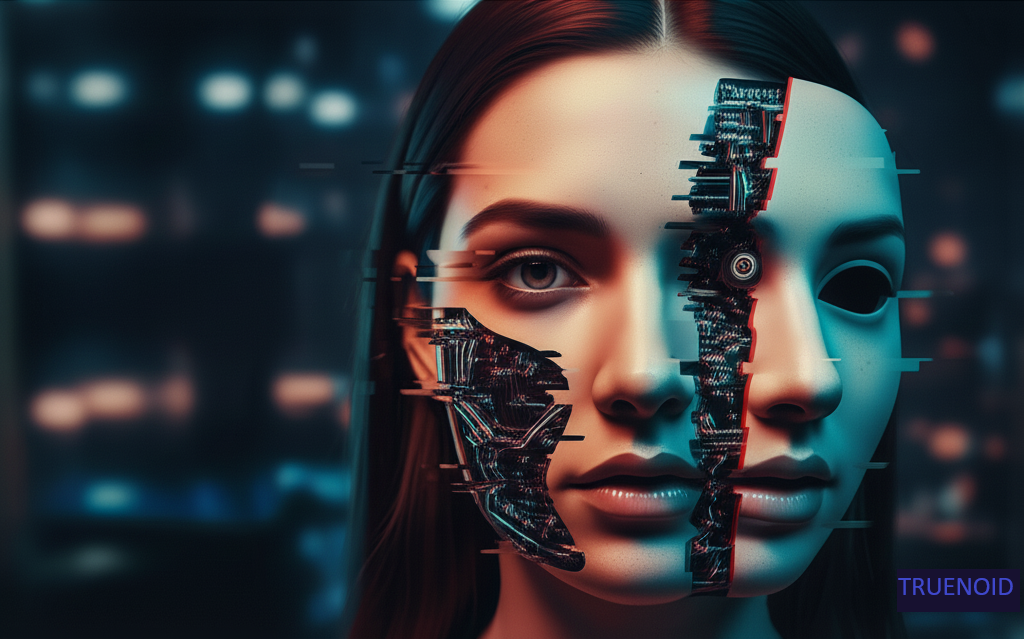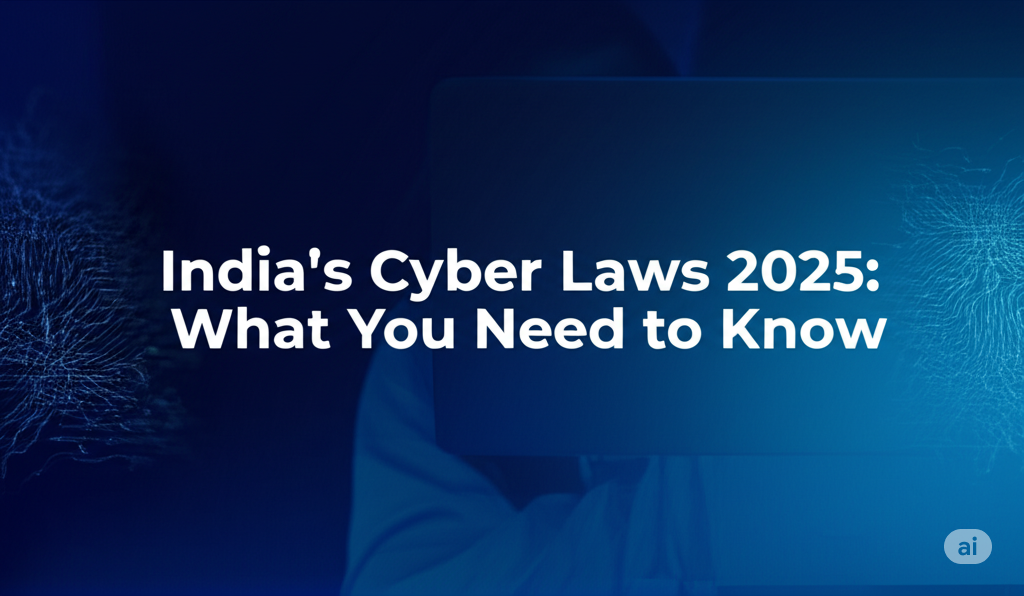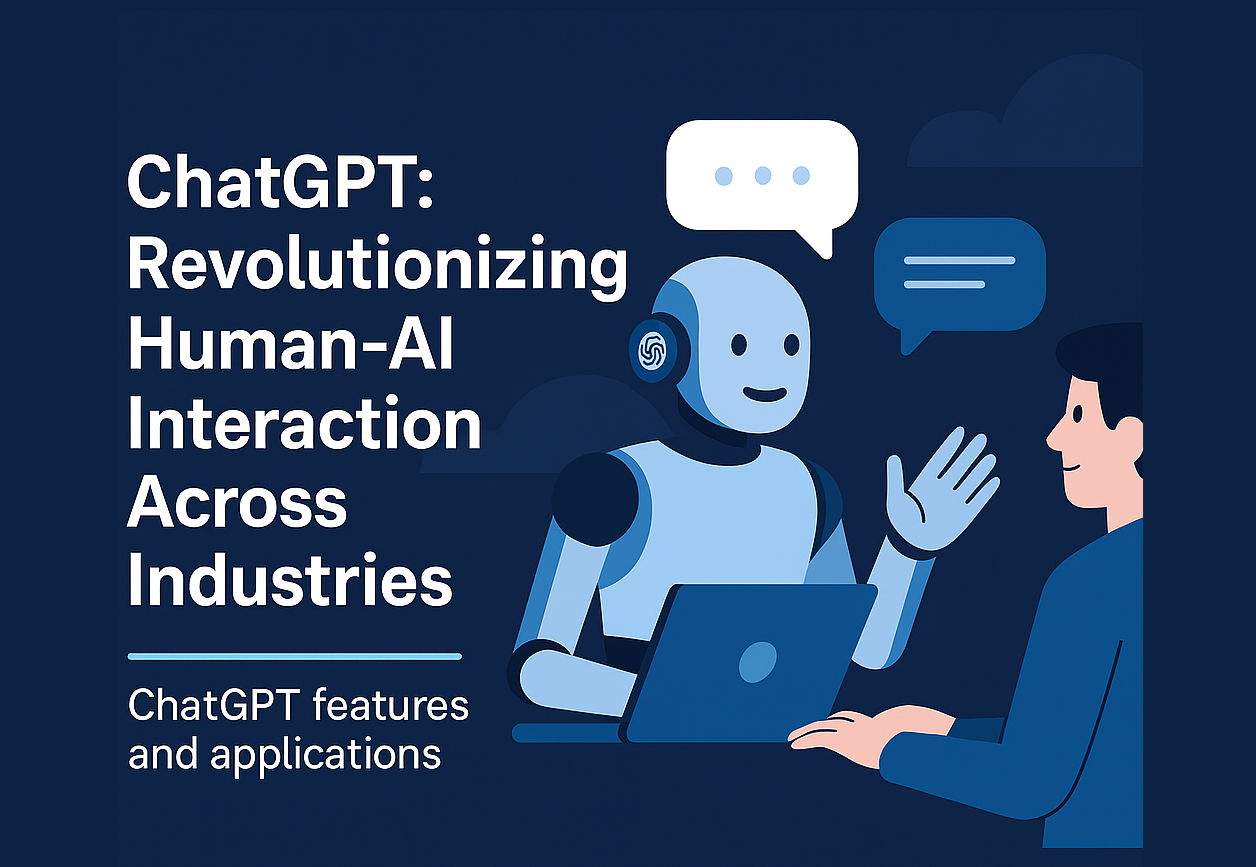In the rapidly evolving landscape of artificial intelligence, a technology has emerged that blurs the lines between reality and fabrication: Deepfake AI. The term, a portmanteau of “deep learning” and “fake,” refers to media (videos, audio, or images) that has been manipulated or generated using AI to depict individuals saying or doing things they never did. While often associated with malicious intent, deepfakes, alongside its simpler cousin faceswap AI, represent a powerful and versatile technology with both exciting potential and significant ethical challenges.
What are Deepfakes and FaceSwap AI?
At its core, deepfake technology leverages deep learning, a subset of machine learning that utilizes neural networks to learn patterns from vast datasets. The most common architecture used is a Generative Adversarial Network (GAN), which involves two competing neural networks:
- The Generator: This network creates new, fake content (e.g., a synthetic face or voice).
- The Discriminator: This network tries to distinguish between real content and the fake content generated by the generator.
Through an iterative process, the generator continually refines its output based on the discriminator’s feedback, striving to create content so realistic that the discriminator can no longer tell the difference.
FaceSwap AI is a more specific application of deepfake technology, focusing primarily on swapping the face of one person onto another’s body in an image or video. While deepfakes can involve more complex manipulations like altering facial expressions, lip movements, or even generating entire synthetic individuals, faceswaps are a simpler form that has gained popularity for entertainment purposes in apps and social media.
Advantages and Applications (Pros)
Despite the negative connotations, deepfake AI offers a range of potential benefits and applications across various sectors:
- Entertainment and Media:
- De-aging actors: Realistically make actors appear younger in films and TV shows, saving significant time and resources compared to traditional special effects.
- Posthumous performances: Potentially “resurrect” deceased actors for new roles, though this raises significant ethical questions regarding consent and intellectual property.
- Dubbing and Localization: Create highly realistic lip-sync for dubbed films, making foreign-language content more immersive.
- Special effects: Generate lifelike virtual characters and scenes, opening new creative possibilities for filmmakers.
- Parody and satire: Create humorous content by placing individuals in unexpected scenarios.
- Education and Training:
- Interactive learning: Bring historical figures to life or create virtual tutors for engaging educational experiences.
- Simulated scenarios: Develop realistic simulations for training in fields like healthcare (e.g., practicing surgical procedures) and aviation, reducing risks and costs.
- Marketing and Advertising:
- Personalized ads: Tailor advertisements to individual viewers, featuring virtual celebrities or even allowing viewers to see themselves interacting with a product.
- Cost-effective content creation: Generate product demonstrations or celebrity endorsements without expensive photoshoots or hiring physical talent.
- Accessibility:
- Enhanced communication: Create virtual avatars or assistants that translate spoken or written language into other languages in real-time, including sign language, making content more accessible for individuals with hearing impairments.
- Security (Potential for good):
- Training for threat detection: Create realistic attack simulations to train security teams to identify and counter sophisticated cyber threats.
Disadvantages and Ethical Concerns (Cons)
The power of deepfake technology comes with significant risks and ethical dilemmas:
- Misinformation and Disinformation: This is perhaps the most alarming concern. Deepfakes can be used to create fabricated videos of public figures making false statements, spreading fake news, manipulating public opinion, and even interfering with democratic processes like elections.
- Reputational Damage and Defamation: Malicious actors can create deepfakes to defame individuals, spread false rumors, or damage reputations, leading to severe personal and professional consequences.
- Non-Consensual Explicit Content: A particularly egregious misuse of deepfakes is the creation of non-consensual explicit content, disproportionately targeting women. This constitutes a severe violation of privacy and can cause immense emotional and psychological harm.
- Fraud and Identity Theft: Deepfakes can be used to bypass biometric authentication systems, impersonate individuals for financial fraud (e.g., voice cloning for scams), or create fake identities.
- Erosion of Trust in Media: As deepfakes become more sophisticated, it becomes increasingly difficult to distinguish real content from fabricated content, leading to a general erosion of trust in news, media, and even personal interactions.
- Legal and Regulatory Challenges: The rapid advancement of deepfake technology has outpaced the development of legal frameworks to address its misuse. Legislators are grappling with how to define and penalize deepfake-related crimes, particularly across international borders.
- Privacy Violations: Using someone’s likeness without their consent in a deepfake directly violates their privacy and autonomy.
The Future of Deepfakes
The trajectory of deepfake technology suggests continued advancement in realism and accessibility. While detection methods are constantly evolving to combat malicious uses, they often lag behind the generation capabilities.
Addressing the challenges posed by deepfakes requires a multi-faceted approach:
- Technological Countermeasures: Continued research and development of robust deepfake detection tools that can identify subtle artifacts and inconsistencies.
- Public Awareness and Education: Educating the public on how to identify deepfakes and fostering critical thinking skills when consuming digital media.
- Legislative and Regulatory Frameworks: Developing comprehensive laws that address the creation and dissemination of malicious deepfakes, focusing on consent, liability, and penalties.
- Ethical Guidelines and Responsible AI Development: Encouraging developers and researchers to prioritize ethical considerations and build safeguards into AI systems.
- Content Authenticity Initiatives: Implementing systems like digital watermarking or metadata tagging to verify the authenticity of media.
Deepfake AI is a testament to the incredible capabilities of artificial intelligence. While its potential for positive applications is undeniable, the risks it poses to truth, trust, and individual privacy demand urgent and thoughtful consideration. Navigating this complex landscape will require a collaborative effort from technologists, policymakers, educators, and the public to ensure that this powerful technology is harnessed for good and its harmful potential is mitigated.
References:
- Northwestern Buffett Institute for Global Affairs: “The Rise of Artificial Intelligence and Deepfakes”
- Unit21: “Deepfake: How the Technology Works & How to Prevent Fraud”
- iMark Infotech: “Pros and Cons of Deepfake Technology in Digital Marketing”
- HP.com: “Understanding the Impact of Deepfake Technology”
- Akool AI: “Deepfake Applications”
- Stanford University: “Dangers of Deepfake: What to Watch For”
- MAXX Potential: “What are the Biggest Concerns and Best Benefits about Deepfake Technology?”
- ValueCoders: “Understanding Deepfake AI: Technology, Potential, and Ethics”
- KIET Group of Institutions Blog: “Decoding Deepfake Technology: The Rise, Impact, and Ethical Considerations”
- The University of Melbourne – Pursuit: “Ethics, privacy and the perils of ‘deepfake geography’”
- arXiv: “[2403.17881] Deepfake Generation and Detection: A Benchmark and Survey”






Leave a Reply